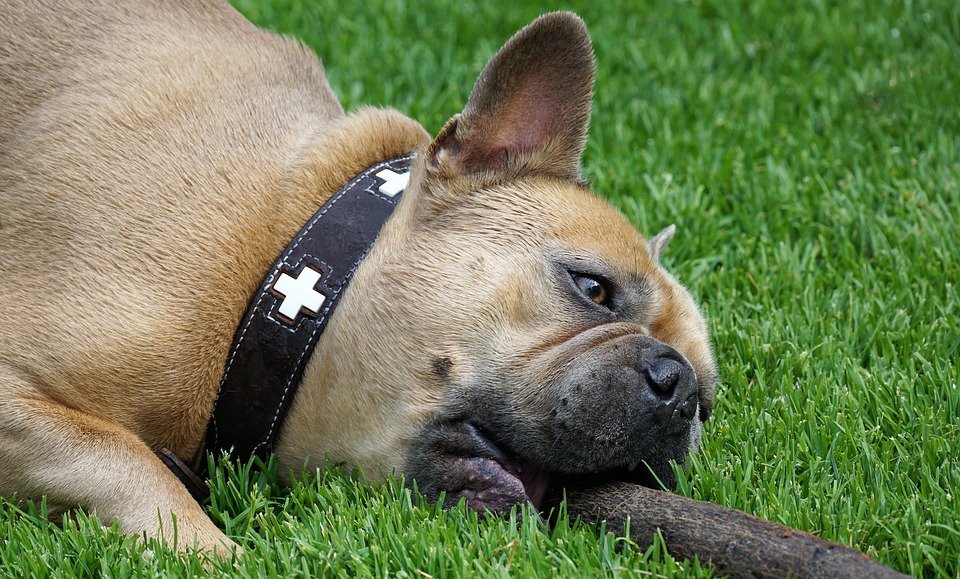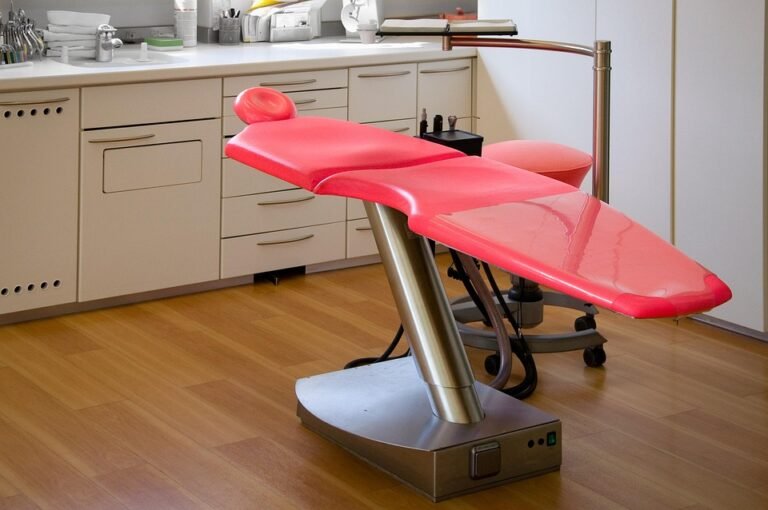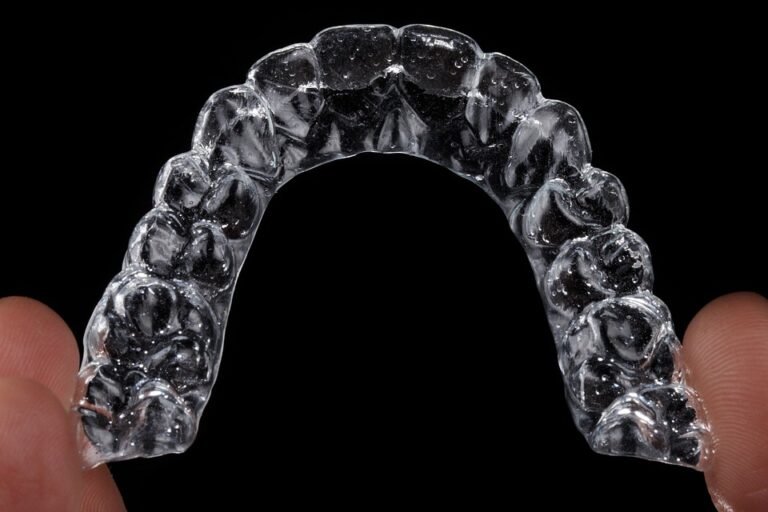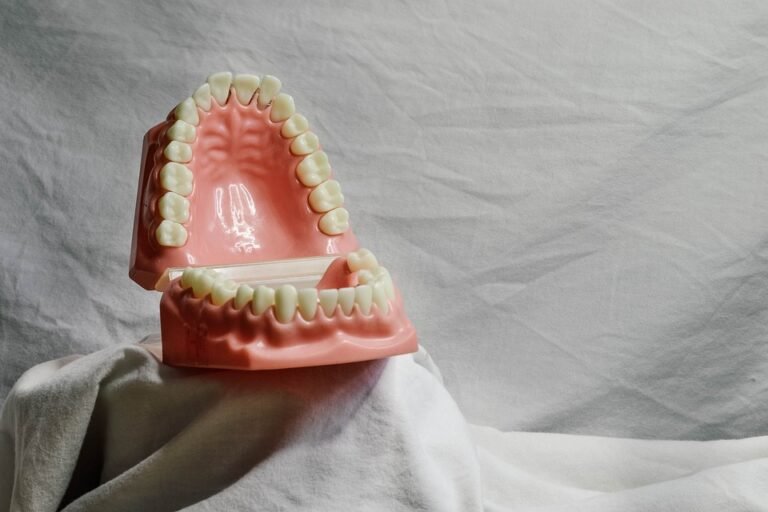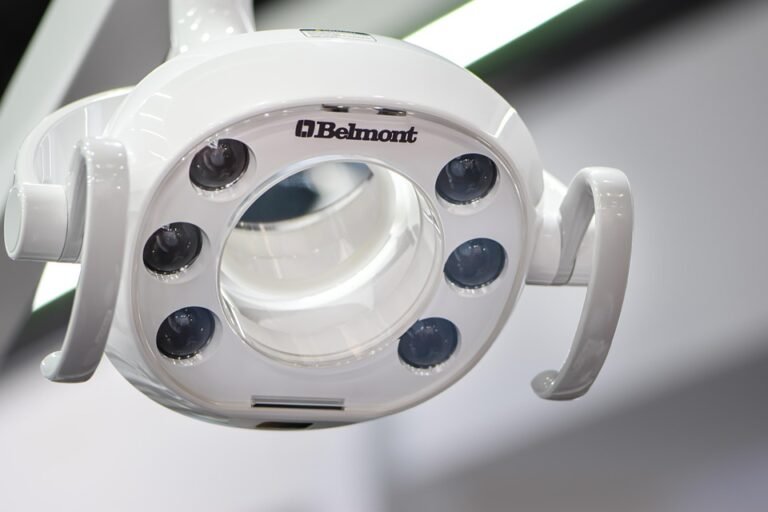Do I need a dedicated macro lens for dental photography
Okay, so I’m a dentist and I’m trying to improve the quality of the photos I take of my patients’ teeth. Right now I’m just using my smartphone, which… isn’t great. I see all these incredible before and after photos online, and I know a proper camera setup would make a huge difference for documenting cases and for marketing my practice.
I’ve been looking at cameras, and I’m leaning towards a mirrorless system, something like a Sony Alpha or a Canon EOS R series. But I’m completely lost when it comes to lenses.
Everyone talks about macro lenses for dental photography, but they’re expensive! Do I really need a dedicated macro lens to get good intraoral photos, or could I maybe get away with using a regular lens with extension tubes or close-up filters to save some money? I need to see really fine details – cracks, shade variations, etc. – so image quality is key. And I need to be able to get in close, obviously!
Also, what are the key specs I should be looking for if I do need a dedicated macro? I keep seeing "1:1 magnification" but I don’t really understand what that means in practical terms. Are there any specific macro lenses you’d recommend, maybe something that won’t completely break the bank? I’m looking for the best bang for my buck in terms of image quality for clinical documentation. Thanks!
Answer
For dental photography, while it’s not strictly mandatory to have a dedicated macro lens, it is highly recommended and offers significant advantages. The choice depends on the type of images you need to capture, your budget, and your desired level of image quality.
Here’s a breakdown of why a macro lens is beneficial and alternative options:
Why a Macro Lens is Highly Recommended:
-
Magnification Ratio: True macro lenses are designed to achieve a 1:1 magnification ratio (or greater). This means the size of the object on the camera sensor is the same size as the object in real life. This is crucial for capturing the fine details of teeth, restorations, and soft tissues. This level of magnification allows you to document subtle anatomical features, cracks, margins, and color variations that are essential for diagnosis, treatment planning, and documentation. Lenses without true macro capabilities typically offer much lower magnification ratios (e.g., 1:2, 1:4), resulting in less detail in the final image.
-
Image Sharpness: Macro lenses are specifically engineered for exceptional sharpness at close focusing distances. Regular lenses often struggle to maintain sharpness when focused closely, leading to blurry or soft images. Macro lenses have optical designs that correct for aberrations and distortions that become more apparent at high magnifications. Sharpness is critical in dental photography for visualizing fine details and accurately representing the clinical situation.
-
Minimal Distortion: Macro lenses are designed to minimize distortion, which is important for accurate representation of the dental anatomy. Distortion can affect the perceived shape and proportions of the teeth and surrounding structures. This is particularly important when documenting cases for legal or insurance purposes, where accurate representation is essential.
-
Flat Field Correction: Macro lenses typically have flat field correction, which means they render the entire image plane in focus. This is important when imaging relatively flat surfaces such as teeth. Without flat field correction, the center of the image might be sharp while the edges are soft, or vice versa.
- Working Distance: Macro lenses provide a suitable working distance – the distance between the front of the lens and the subject. This allows you to comfortably position the camera and lighting equipment without obstructing the light or bumping into the patient. Some macro lenses offer longer working distances than others, which can be beneficial for patient comfort and ease of use.
Alternatives to Dedicated Macro Lenses (and their limitations):
-
Extension Tubes: These hollow tubes are placed between the camera body and the lens, effectively increasing the magnification. They are a relatively inexpensive way to achieve macro-like results with a standard lens.
- Limitations: Extension tubes reduce the amount of light reaching the sensor, which may require longer exposure times or higher ISO settings. They can also degrade image quality, especially sharpness, compared to a dedicated macro lens. Autofocus may also be less reliable or non-functional with extension tubes. Image distortion may also occur.
-
Close-Up Lenses (Diopters): These screw onto the front of your existing lens and magnify the image.
- Limitations: Close-up lenses are generally considered to be the lowest quality option for macro photography. They can introduce significant aberrations, distortions, and reduce overall image sharpness. Image quality is often compromised, especially at higher magnifications.
- Using a Standard Zoom Lens (without macro capabilities): Some zoom lenses have a "macro" mode, but this is often a misnomer. They usually offer only a limited magnification ratio (e.g., 1:4 or 1:2) and do not provide the same level of sharpness, detail, or flat-field correction as a true macro lens.
- Limitations: The image quality is often significantly lower than a true macro lens. Sharpness, contrast, and detail reproduction may be lacking. Distortion can be more pronounced.
Factors to Consider When Choosing a Macro Lens for Dental Photography:
-
Focal Length: Macro lenses are available in various focal lengths (e.g., 60mm, 100mm, 105mm, 180mm). Shorter focal lengths (e.g., 60mm) require you to be closer to the patient, which can be less comfortable. Longer focal lengths (e.g., 100mm or 105mm) provide a greater working distance, allowing for more comfortable positioning and better lighting. A 100mm or 105mm macro lens is a popular choice for dental photography as it provides a good balance between working distance and magnification.
-
Image Stabilization: Image stabilization (IS) or Vibration Reduction (VR) can be helpful, especially when shooting handheld. It helps to minimize camera shake, resulting in sharper images, particularly at close focusing distances.
-
Aperture: A macro lens with a wide maximum aperture (e.g., f/2.8) can be beneficial in low-light conditions. However, it’s important to note that at high magnifications, the depth of field becomes very shallow, even at smaller apertures. Dental photography often requires using smaller apertures (e.g., f/16 or f/22) to achieve sufficient depth of field to keep the entire tooth or area of interest in focus. Using proper lighting is critical to allow you to use these smaller apertures.
- Budget: Macro lenses can range in price from a few hundred dollars to well over a thousand dollars. Consider your budget and the features that are most important to you.
Conclusion:
While it might be possible to take dental photos without a dedicated macro lens using alternative methods like extension tubes or close-up lenses, a true macro lens will deliver superior image quality, sharpness, detail, and accuracy, which are crucial for diagnostic and documentation purposes in dentistry. The higher initial investment in a dedicated macro lens translates to vastly improved image quality and greater efficiency, ultimately benefiting your practice.
